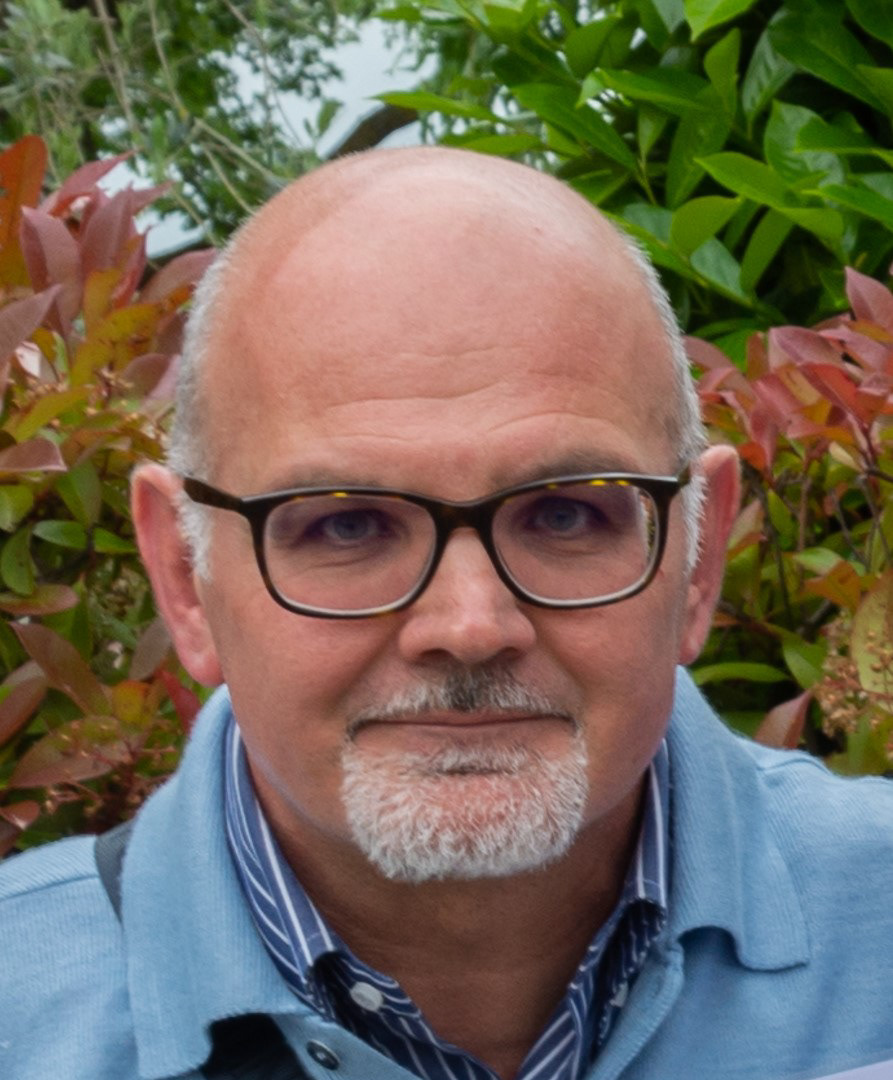Rocca Calascio (AQ) - Santa Maria della Pietà
2018
Near Rocca Calascio, on the path that leads to Santo Stefano di Sessanio, is the church of Santa Maria della Pietà, a small temple built in 1596 on the place where, according to legend, the local population had the best of a band of brigands . The church, probably founded on a pre-existing Renaissance aedicule, has an octagonal external structure with an environment used as a sacristy leaning against one of the facades and a dome with eight segments. The interior, articulated on a system of Tuscan pilasters, presents a painting depicting the Miraculous Virgin and a sculpture of San Michele armed. The church, now used as a simple oratory, is a destination for faithful and devotees.
You may also like

2018
L'Aquila - Basilica of San Bernardino
The basilica of San Bernardino is a religious building in L'Aquila, located in the quarter of Santa Maria. It was built, with the adjacent convent, between 1454 and 1472 in honor of San Bernardino da Siena, whose remains are kept inside the mausoleum of the Saint built by Silvestro dell'Aquila. The façade, erected in the following century by Cola dell'Amatrice with Michelangelo's influences, is considered the highest expression of Renaissance architecture in Abruzzo. The interior, in Baroque style, is due to the reconstruction of the building following the earthquake of 1703 by several designers - including certainly Filippo Barigioni, Sebastiano Cipriani and Giovan Battista Contini - and preserves important works of art by Andrea della Robbia, Francesco Bedeschini, Pompeo Cesura, Rinaldo Fiammingo and Donato Teodoro, in addition to the aforementioned Silvestro dell'Aquila, also author of the mausoleum of Maria Pereyra Camponeschi. The carved wooden ceiling decorated with pure gold is the work of Ferdinando Mosca. It was included in the list of national monumental buildings in 1902 and elevated to the rank of minor basilica by Pope Pius XII in 1946. Due to the earthquake of 2009 which severely damaged the apse and the bell tower, the basilica was subjected to repair and consolidation works and was reopened in 2015.
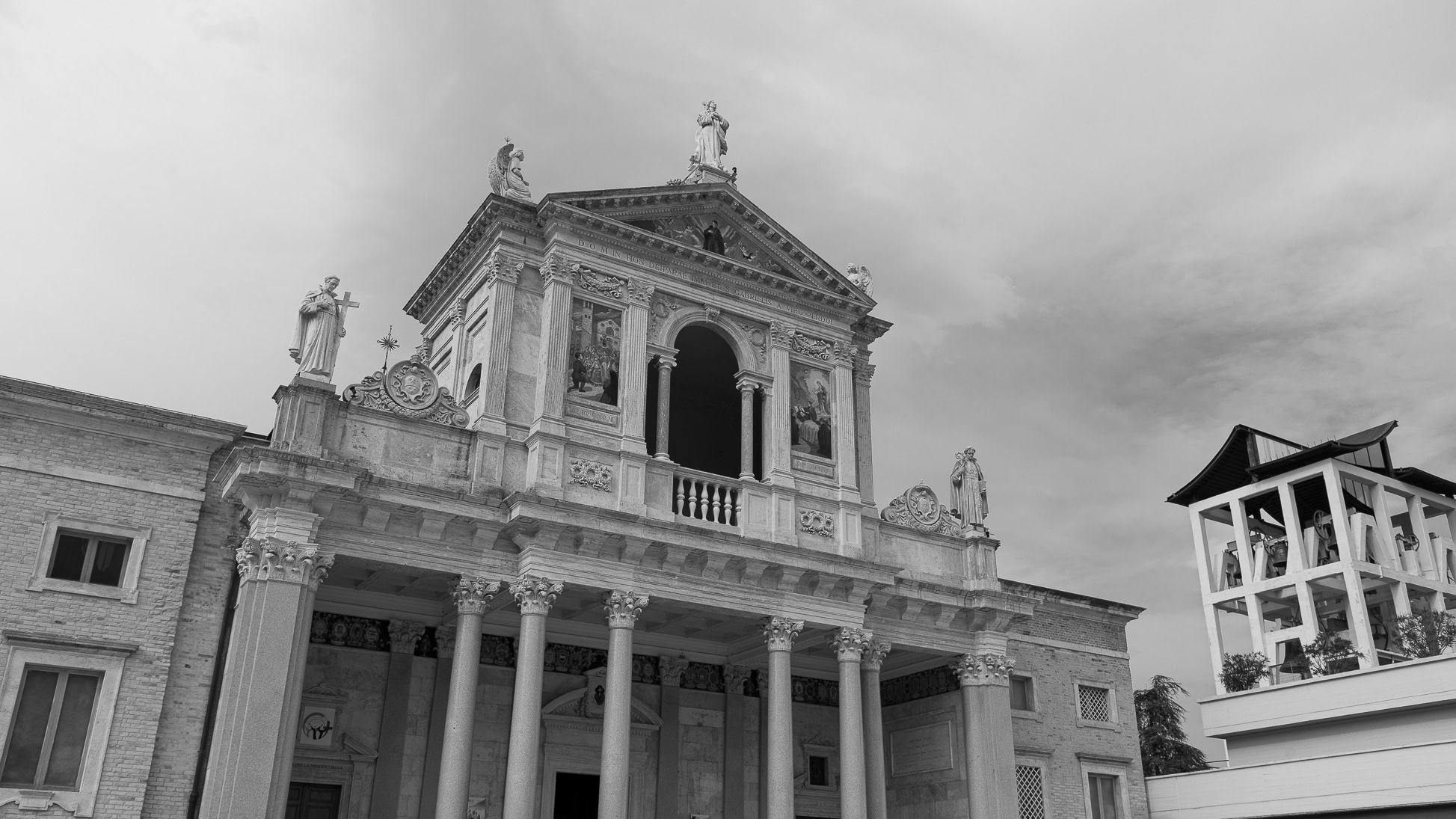
2022
Isola del G. Sasso d’I. San G. dell'Addolorata
The sanctuary of S. Gabriele dell'Addolorata is a sanctuary of the Catholic Church located at the foot of the Gran Sasso d'Italia, in the municipality of Isola del Gran Sasso d'Italia.
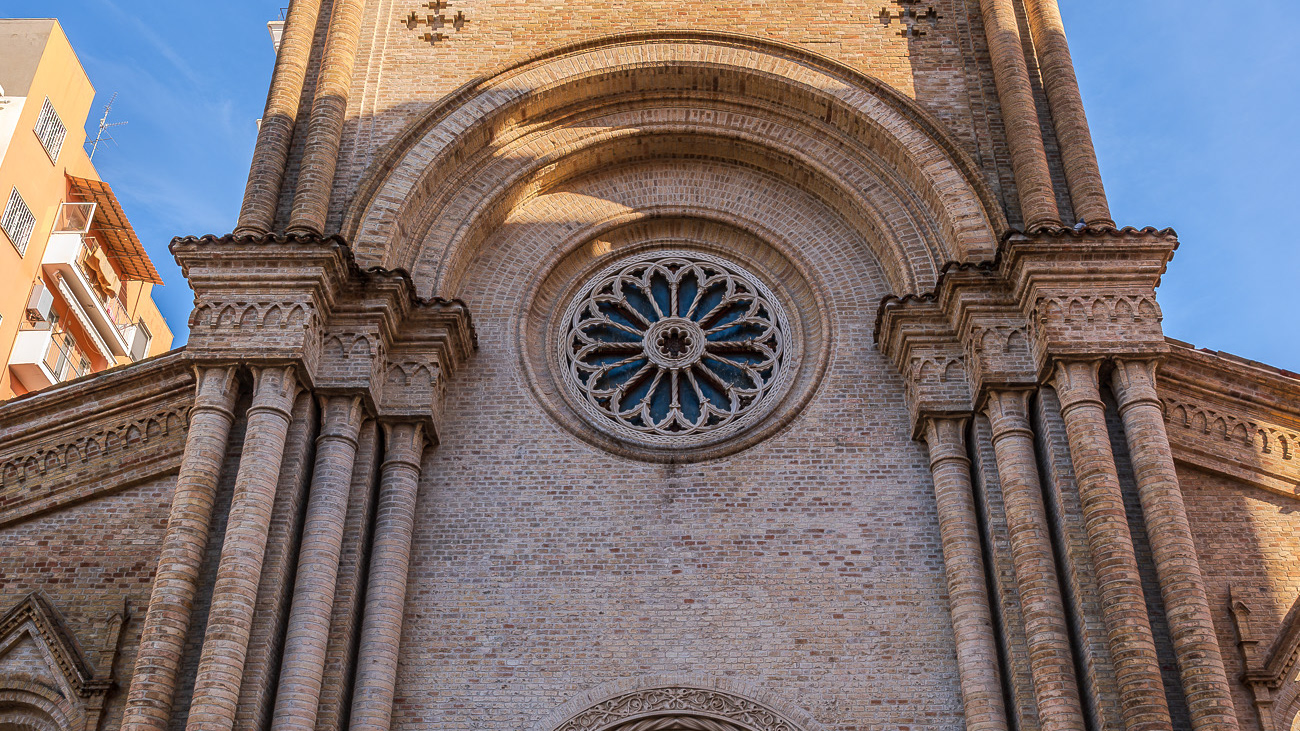
2023
Pescara. Church of the Sacred Heart
It was built in 1886 in neo-Romanesque style. It has a main façade characterized by brick cladding. The interior has three naves, in neo-Romanesque style.

2024
Isola del Gran S. The church of S Giovanni ad Insulam
The church of San Giovanni ad Insulam, also known as the church of San Giovanni al Mavone, stands isolated on a small hill that flanks the Mavone river in the valley of the same name.
2022
Lanciano. Seat of the Eucharistic Miracle
The church of S. Francesco or sanctuary of the Eucharistic Miracle is annexed to the homonymous convent of the Friars Conventual. It contains the famous relics of the Eucharistic miracle of Lanciano.
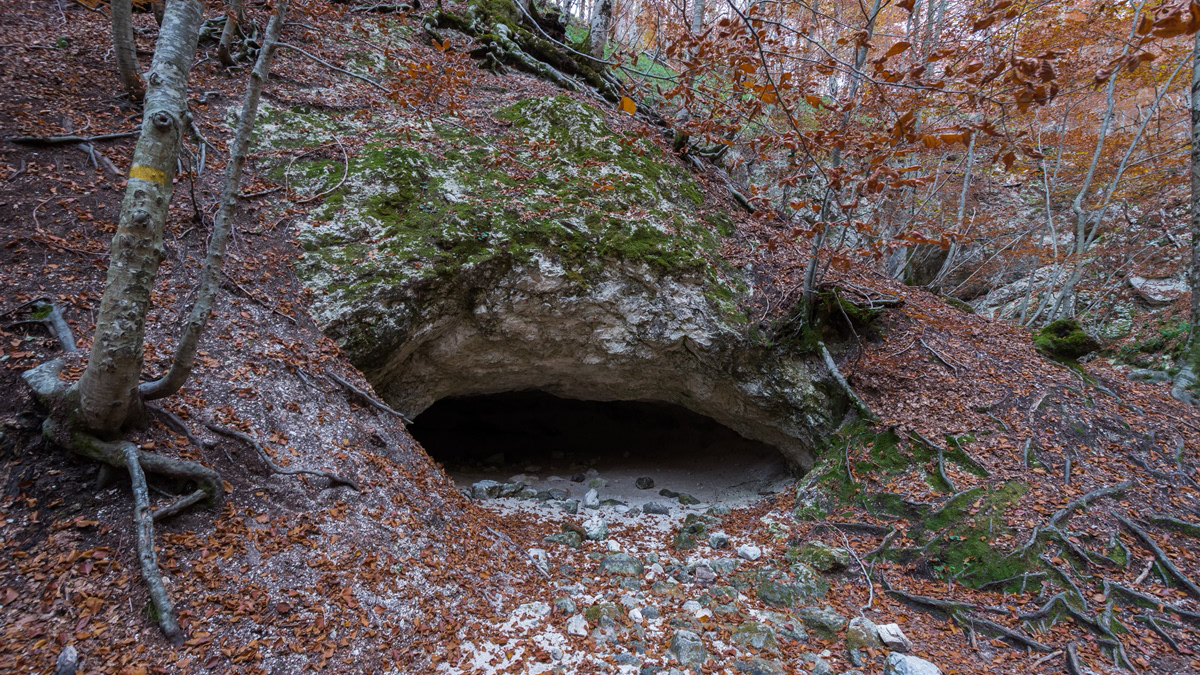
2017
P.N.A.L.M. - Part II
The National Park of Abruzzo, Lazio and Molise is a national park including for the most part (about 3/4) in the province of L'Aquila in Abruzzo and for the remainder in that of Frosinone in Lazio and in that of Isernia in Molise. It was inaugurated on 9 September 1922 in Pescasseroli, the current headquarters and central management of the park, while the body of the same name had already been established on 25 November 1921 with a provisional directorate. Its establishment took place officially with the Royal decree-law of 11 January 1923.
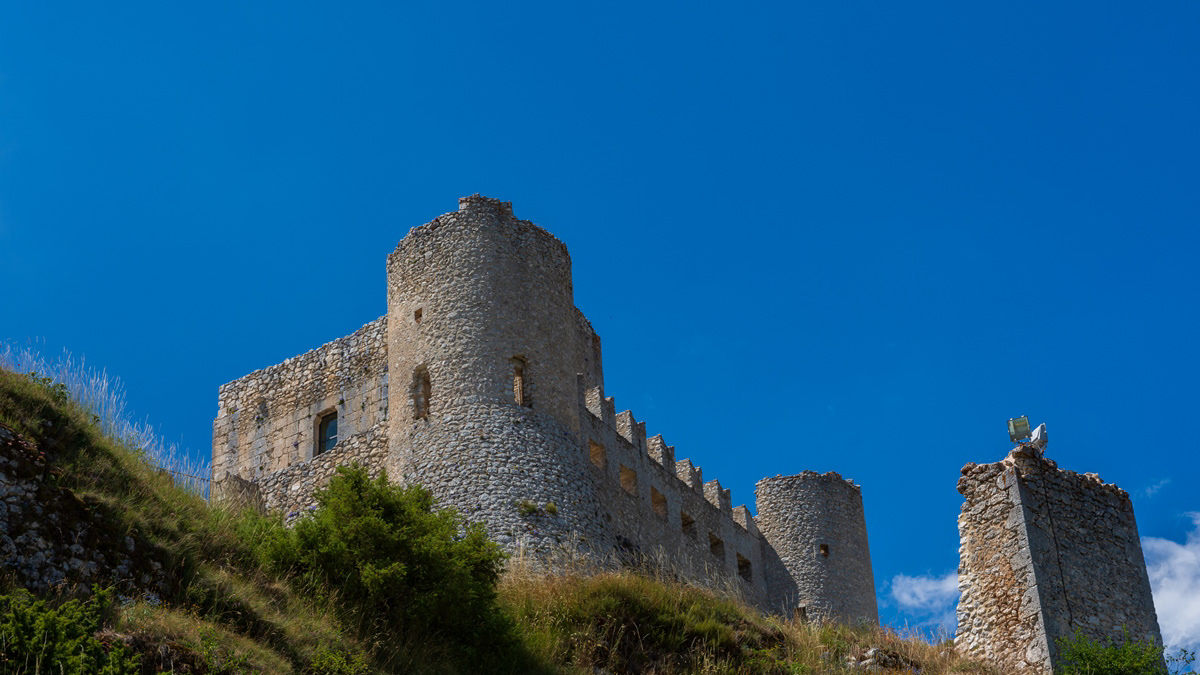
2018
Rocca Calascio (AQ)
Rocca Calascio is a fortress located in Abruzzo, in the province of L'Aquila, in the territory of the municipality of Calascio, at an altitude of 1450 meters above sea level, just above the town. It is included in the Gran Sasso and Monti della Laga National Park. It is known for the presence of the castle, one of the highest in Italy, and the ancient medieval village below, still inhabited by some inhabitants. The Rocca is considered one of the symbols of Abruzzo. The foundation of the fortress is probably due to the will of King Ruggero d'Altavilla after the Norman conquest of 1140 with a prevalent sighting function, even if the first historical document attesting its presence is dated 1239. It was part of Calascio, Castelvecchio Calvisio, Carapelle Calvisio and Santo Stefano di Sessanio of the famous Barony of Carapelle, whose historical events he followed until 1806, the year of the abolition of feudality. Over the centuries, the Pagliara, Plessis, Colonna, Celano, Caldora, Accrocciamuro, Todeschini Piccolomini, Del Pezzo, Cattaneo, Medici and Bourbon families followed one another in the domain. In particular, in 1463 it was granted by King Ferdinand to Antonio Todeschini of the Piccolomini family who modified the fortification by equipping it with a pebble wall and four cylindrical towers for military use, with a Ghibelline battlements. In 1703 it was devastated by a violent earthquake following which the highest area of the village was abandoned and a large part of the population moved to the nearby town of Calascio. In the twentieth century, even the last remaining families left the village and the fortress remained uninhabited. At the end of the century, however, also in the wake of the success deriving from the setting of some films (above all Lady Hawke of 1985 and The Name of the Rose of 1986), some houses were recovered and others were converted to accommodation facilities; Furthermore, the castle has undergone an important restoration and consolidation operation and is now one of the main tourist attractions in the area, thanks to the work of two spouses and their family who have opened a widespread hotel just below the castle.
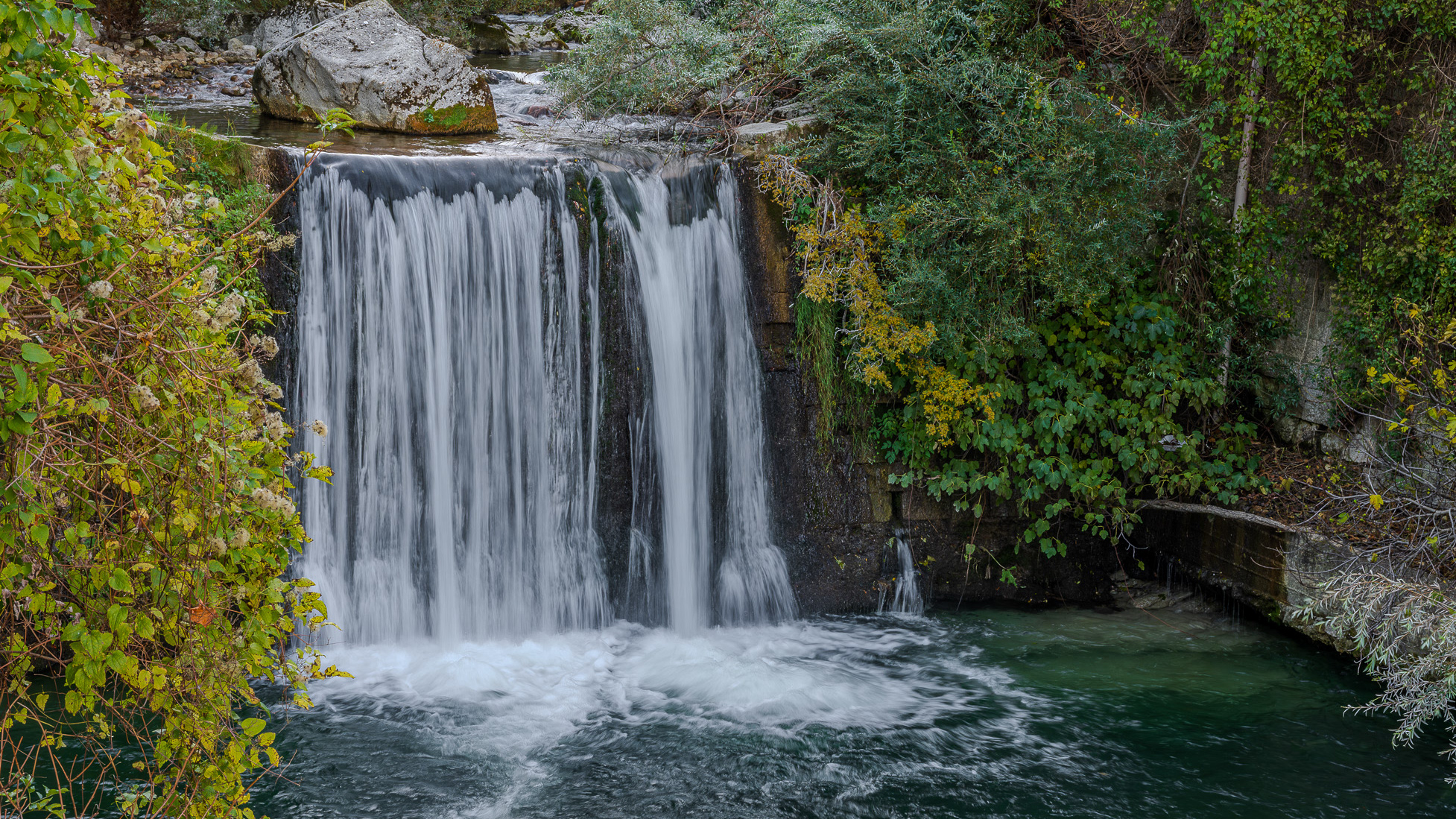
2023
Palena. The waterfalls of the Aventine river
The Aventine is a 45 km long river in Abruzzo, born from the sources of Capo di Fiume, located within the municipality of Palena, located at 863 m above sea level, downstream of the Cotaio stream.
2022
Abruzzo, Italy. Spectacular sunrise.

2023
Fara San Martino. The Gorges of San Martino
the Gole di San Martino opens with a narrow passage from the high rocky walls on the eastern slope of the Maiella, just outside the town of Fara. This is the beginning of the gorge-like valley that leads to the highest peak of the Maiella, Monte Amaro (2793 m), and includes the wildest territories of the entire massif with a 14 km long route and a difference in height of 2300 m . It can be divided into three parts: the Valle di S. Spirito, the Valle di Macchia Lunga and the Val Cannella. The latter ends with a glacial cirque in the center of which is the Manzini refuge. According to popular tradition, these suggestive gorges, just 2 m wide and about 30 m long, were opened by San Martino with the strength of his arms to allow the people of Fares to access the high pastures of the Majella more quickly. After walking a few meters, you can see the monastery of San Martino in Valle which an archaeological excavation has recently brought to light. In reality, this remarkable scenario was produced by the erosive and incessant action of the torrential waters coming from the melting of the surrounding snowfields during the Quaternary, in particular during the glaciations. With an evident franapoggio stratification that highlights the oldest terms as you go up, the oldest rocks of the Maiella emerge here, represented by beige-hazelnut platform limestones dating back to the lower Cretaceous. They contain fossil remains of algae and benthic foraminifera. Near the monastery, it is possible to observe an outcrop full of rudists, lamellibranchs who build cliffs now extinct but clearly visible in Maiella on Cima Murelle.
